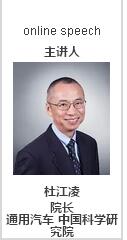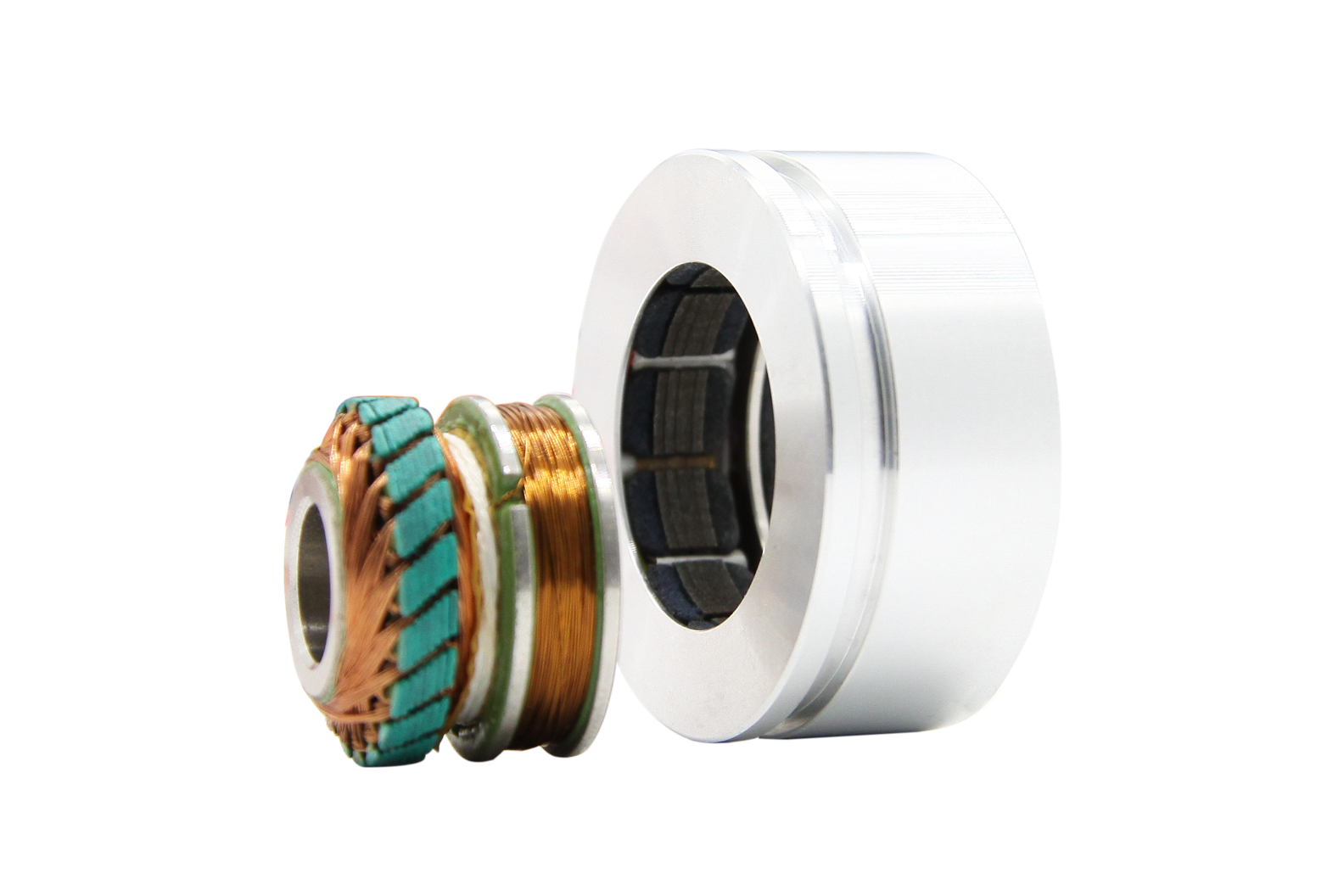The president of the General Motors China Academy of Sciences held a seminar at the Automotive Innovation Port, focusing on the progress of LTE-V, DSRC, and China V2X communication application layer standard protocol. Du Jiangling: Dr. Du Jiangling is currently the Dean of the General Motors China Academy of Sciences. The Chinese Academy of Sciences is a research and development organization established by GM's Global R&D Center in Shanghai. Dr. Du is currently responsible for all-round research and technology development related to the automotive industry, including advanced clean internal combustion engine powertrain system technology, automotive battery material and process, new generation of lightweight materials, advanced automotive manufacturing methods, connected driving and automotive users. Experience the relevant automotive technology. He is also responsible for strategic technical cooperation with the Chinese government, universities, national laboratories and suppliers. Question 1: How do you see the development trend of domestic V2V communication standards? Which one do you prefer? Why? Du Jiangling: There is no so-called domestic communication standard for the communication standard of V2V. In fact, whether it is DSRC or LTE-V, it is actually an international standard. Therefore, the whole development of China's V2X communication standard is actually very international and is in line with the international standards. I think which standard, in fact, from a technical point of view, as long as we work hard, we can meet the development needs of our automotive industry for V2X technology. My point is that which one is mature, which one to go to, don't wait. Question 2: Is there any legal and regulatory discussion related to V2X in China? how is the progress? Du Jiangling: The laws and regulations related to V2X are mainly related to the spectrum of V2X. This progress in China is still quite large. Another alliance in China is the TIAA. They have obtained research topics on the spectrum from the Ministry of Industry and Information Technology since the beginning of the year. Their topics have been completed. The preliminary results have been reported, suggesting that China should adopt 5.9G. One frequency band is used for V2X applications. Question 3: Can the current V2X communication technology support fully automatic driving under local road conditions? Or just meet the ADAS requirements? Du Jiangling: As I mentioned earlier, V2X technology is actually one of the sensors, so it is combined with radar, lidar and camera to form a relatively complete autonomous Sensor and communication sensor such as a sensing system. Through the integration of the entire information, and then the entire intelligent control behind, it is possible to support fully automatic driving in local road conditions, that is to say, the so-called automatic driving of L3 and L4. By its own words, it is still mainly to meet the application of ADAS, that is, early warning. Question 4: At present, whether it is developed countries such as North America, the European Union and Japan, or China, the V2V standard is still in the promotion stage, and large-scale commercialization has not yet been realized. What are the uncertainties in the promotion and application of Dean's V2X standard? What other obstacles need to be overcome? Du Jiangling: I have actually mentioned this issue just now. Now the main promotion and application uncertainty, can not say uncertainty, that is, the work still to be done, one is to determine the spectrum as soon as possible. Second, we must start from the perspective of industrialization, from chip to (board level), to software, to complete vehicles, from development to testing, to build a complete ecosystem. The other is to put security standards, similar to the US SAE1609.2 agreement, and then the relevant business model, especially if we go to the operator, what kind of business model. Question 5: Are LTE-V companies only in the theoretical discussion stage, or are they already doing experimental verification of theoretical and engineering prototypes? Du Jiangling: Now that LTE-V has developed more than theoretical discussions, it has begun to have working prototypes and even chips. For example, Datang said at their press conference last week that they have begun to Do LTE-V-based SOC chips. After the finalization of the LTE-V standard next year, they will be able to produce a few product-level SOC chips in the second half of next year. Question 6: LTE-V needs to achieve V2V, V2I is compatible at the same time, and share LTE universal communication base station. If it is difficult to implement in a set of hardware, it will only use the same LTE technology principle, but actually Several modules are also implemented at the same time. Du Jiangling: This problem is actually a specific system design problem. In addition, it may involve some problems such as whether LTE-V and LTE share the same frequency band in the future, so it may be later to see the slow frequency band determination and Finally, the operator I just talked about how to come to the final operation layout, and finally decided, it is still too early to answer this question. Question 7: Will TE-V and DSRC appear in the Chinese market in a convergent way? Du Jiangling: Technically speaking, the two technologies of LTE-V and DSRC are different in the “air interfaceâ€, so if they are to be integrated at the physical layer, there may be certain challenges. Some scholars are also doing this. Research, of course, is better if it can be solved. Another way is to consider forwarding them at the communication layer or at the gateway layer. It is also possible to do some integration in this respect. We are now considering the application layer and the transport layer. We can do so-called compatibility but not interoperability. That is to say, from the application point of view, it can work regardless of whether the underlying LTE-V or DSRC. of. My personal point of view is that we sometimes have too much entanglement in whether it is LTE-V or DSRC. In fact, I think that one of the big questions we should answer is to say that China can use the earliest method to realize an application such as V2X. Considering this issue from the application level, it will make China deal with traffic congestion as soon as I said. The three challenges of security, environment and environment make V2X work. As for DSRC, LTE-V or 5G, or use the current big network, I think that depending on the application, we will use one mature, so that we can develop the technology of V2X as soon as possible.
Resolver is a kind of commonly used angle detection component, because of its simple structure, reliable operation, and its accuracy can meet the general detection requirements
Resolver,Encoder Troubleshooting Resolver,Custom Resolver,Online Resolver Yuheng Optics Co., Ltd.(Changchun) , https://www.yhenoptics.com
